NBA rookies are rarely fantasy-relevant. Most first-year players are not worth rostering in their first year. No rookie finished in the top 100 fantasy players in any format last season, though some were roster-worthy near the end of the year.
There are a few players who usually do emerge from the NBA draft and make a first-year impact, even if it isn’t from Day 1. As always with fantasy basketball, usage rates, opportunity, and minutes are more important than raw talent. Time on the court separates fantasy-relevant rookies from real-life rookies. Here are some players that I think either will or might make a fantasy difference in year 1, and a few that I believe will not.
NBA Rookies to Roster
First for a reason
SF Cooper Flagg, Dallas Mavericks, #1 overall
Flagg is currently a 19-year-old rookie, a skinny kid who’s 6’9″, 205. When Kevin Durant was a skinny 19-year-old rookie, Durant shot 43% from the floor and 29% from 3-point range. By year two, he had bulked up, figured out the range, and shot 42% from 3 and 47% overall. LeBron James followed a similar path.
Flagg’s college shooting stats improved dramatically throughout last season. He shot 9 for 38 (23.7%) from three-point range in early non-conference games. However, he shot 44% in ACC play and made a stellar 50% of his threes in the NCAA tournament. Still, the college game is just not at all the same as the NBA game, and most rookies are not effective shooting the ball at first. Don’t expect Flagg to be efficient early on.
Also, don’t buy into the hype of watching him posterize college players or stacking 31 points playing against summer leaguers. Kyle Filipowski, who you should draft this year, just smashed a 35 and 11 in summer league. There’s a good chance Flagg is only the third or fourth option on the floor, especially while Anthony Davis is healthy.
The value with Flagg should come from his multiple talents. Flagg has solid shot blocking instincts and good hands, which should lead to 2+ stocks (steals plus blocks) per game (he averaged 2.8 at Duke). He should have a plus free-throw percentage, at least one trey, solid boards, and assists. This should make him a significant asset in category and points leagues.
Thinking ahead to the fantasy playoffs at the end of the year, however, I have concerns. The Mavericks have already shown a tendency to protect him by shutting him down after two games of the Summer League. While his smash performance in the Summer League has done nothing to quiet the hype around Flagg, this cautions me about the end of the season.
The Mavericks are currently projected to have a 12.5% chance of making the playoffs outright. I fear that Flagg might get rest days down the stretch, when you will need him for your playoff games. For that reason, I’m out at a 4th round ADP, which is where I see analysts putting him this summer: I think he’ll be closer to a 6th round full-season value, then explode in Year 2 to the point where round 4 will be a bargain for Flagg.
My best bet among other prospects
SF Kon Knueppel, Charlotte Hornets, #4 overall:
Duke or go home, I guess. Knueppel’s skillset is a little bit limited, but there’s a real opportunity on the Hornets. Charlotte was 28th in three-point shooting percentage last year, and Knueppel shot 40.6% from three-point range and over 50% in the NCAA Tournament from distance. There’s no one on the team with Knueppel’s shooting ability mixed with his size. The team is deep at the wing position, but neither Miles Bridges nor Brandon Miller distinguished themselves shooting the rock last year. Knueppel is expected to mostly line up for catch-and-shoot threes, though he has a pull-up game as well.
They have no reason not to play him, so he’s a lock for 25+ minutes right off the top. If he gets 31 or 32 MPG with efficiency, I could see Knueppel leading all rookies in scoring by a fair margin. I could happily project 13 points, 4 boards, a couple assists, and 2 treys per game for Knueppel. But he’s capable of a lot more scoring, especially as the year progresses. Knueppel is also probably better for points leagues than category leagues, but he could turn into a 3-point specialist quickly.
Rookies with clear paths to minutes
SG VJ Edgecombe, Philadelphia 76ers, #3 overall
Whether he’s startable from Day 1 or Day 101 is dependent on the health of the players ahead of him. But we already knew that about the 76ers, didn’t we? That said, I think people are imagining Jared McCain will be in Edgecombe’s way. I don’t see it that way. McCain projects to me as a superb 6th man, the next Lou Williams, maybe. Edgecombe is a relentless defensive player with tremendous athleticism, which is exactly the sort of rookie who earns minutes. I can imagine an inefficient 12 point, 4 assist, 4 rebound per game season from Edgecombe in year 1 with a steal or more per game. This makes him a usable player in category leagues, though not that useful in points leagues.
SG Ace Bailey, Utah Jazz, #5 overall
Bailey has incredible hops and an instinct for the hoop, but doesn’t have Cooper Flagg’s all-around game. He should be a solid scoring wing right from the starting bell. Last year, Utah gave a combined 30 shots a game to Keyonte George (career 39% shooter) and Lauri Markkanen (42% in a lost year). They could use some juice on the offensive end. A 15-point, 6-rebound season average is possible, though with limited outside numbers and likely poor efficiency. He will likely be better in points leagues than category leagues.
PG Egor Demin, Brooklyn Nets, #8 overall
Demin is a huge 6’9” point guard projected to start on Brooklyn. He has more to work with on the Nets than you might think from a high lottery team. If Demin’s getting starter minutes, he might get 5+ dimes and 4-5 boards per game right out of the gate, with maybe some defensive stats. Provided he proves to be a capable scorer, he could sneak into the top 100. Demin is probably a lot more useful in category leagues than points leagues.
Monitor but don’t Draft
Finally, here are a few guys drafted in the lottery who might not be worth the roster spot all year long. They may get enough minutes very late in the season, but you won’t want to draft them.
SG Dylan Harper, San Antonio Spurs, #2 overall
As a long-time Bulls fan, having Ron Harper’s kid in the NBA is exciting. NBA scouts and coaches are extremely impressed with Harper’s versatility and his movement on the court. However, he’s behind some very good NBA players: De’Aaron Fox, last year’s ROY Stephon Castle, and Devin Vassell are all standing in Harper’s way for minutes. They might not overuse him even if all three of those guys were hurt. While dynasty gold, Harper might not get more than 24 minutes per game.
SG Tre Johnson, Washington Wizards, #6 overall
Johnson is right now a very one-dimensional shooter that I’ve nicknamed “Tre J.” He has a sweet stroke, but not an obvious path to minutes. I don’t think the recent Marcus Smart buyout changes the formula for the Wizards’ rookie guard, either. Currently, he is lodged behind veteran guards CJ McCollum, Kris Middleton, Bub Carrington, and Cam Whitmore. If a McCollum buyout or trade, or injuries, clear the picture here, Johnson may have late-season value.
PG Jeremiah Fears, New Orleans Pelicans, #7 overall
The argument for Fears is similar to Egor Demin’s. Starting Pelicans point guard Dejounte Murray, who tore his Achilles in January, will be out for an indeterminate amount of time, though he is expected to return in the 2025-2026 season. Fears could get starter minutes at point guard since the Pelicans are not deep there. However, Fears shot 28% from the 3-point range last season in college. In the Summer League, he has been even worse, making just 3 of 17 three-pointers (17.6%). NBA defenders will sag off him on the perimeter, which will make it hard for him to get to the rim. And he’s not allowed to use his chain on the court to blind them.
C Derik Queen, New Orleans Pelicans, #12 overall
New Orleans traded up for the big man in such a questionable trade that you know they wanted him on the team. He’s a well-developed big man and a good rebounder. That said, they can’t play current center Yves Missi and Queen together easily because of floor spacing. The Pelicans have tried this in the Summer League with minimal success. Plus, Missi was too solid last year for Queen to easily push him aside.



